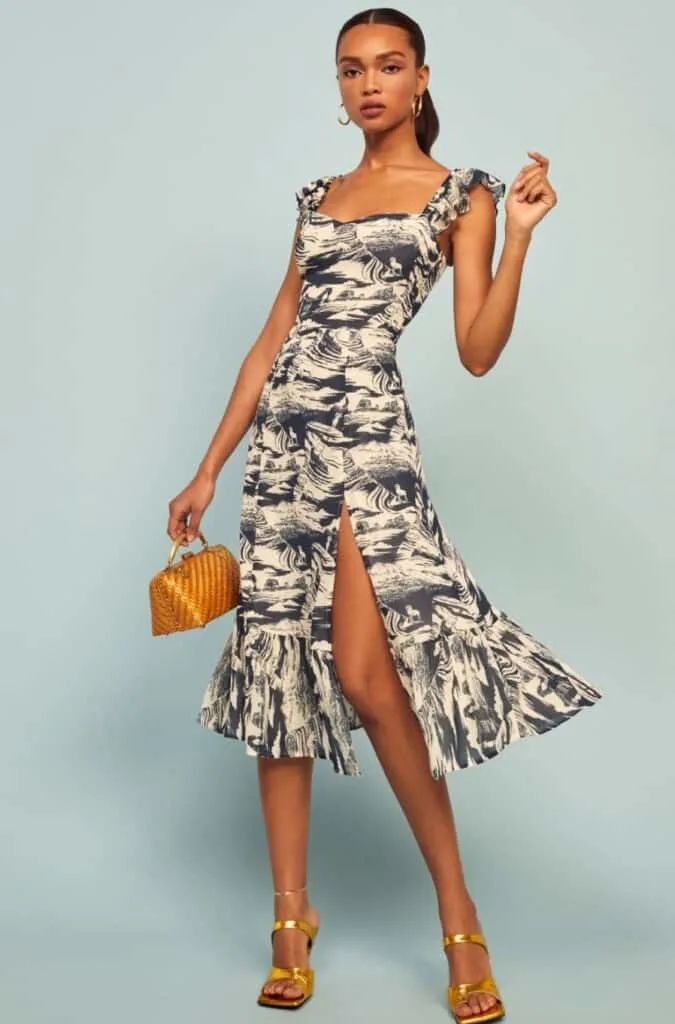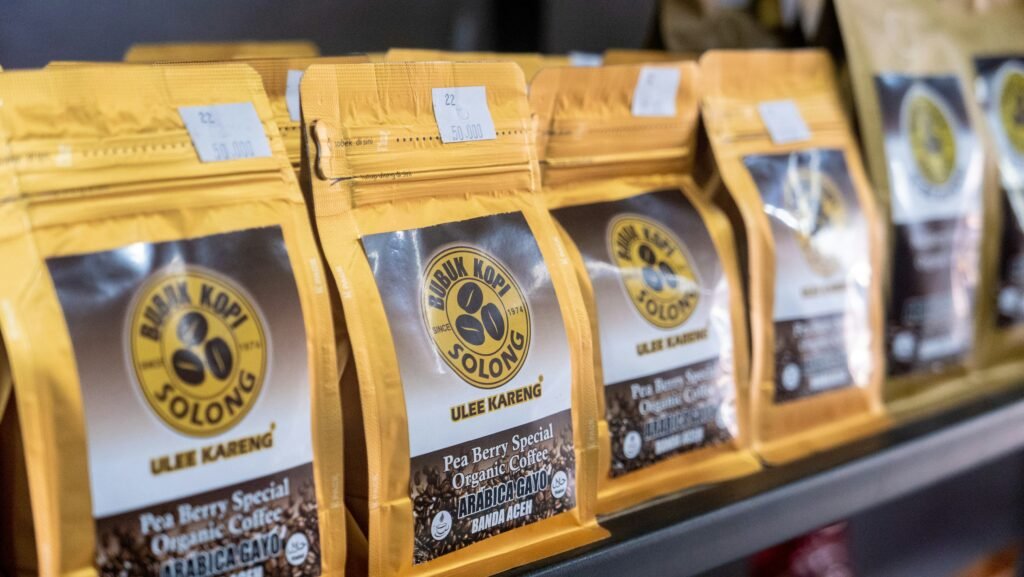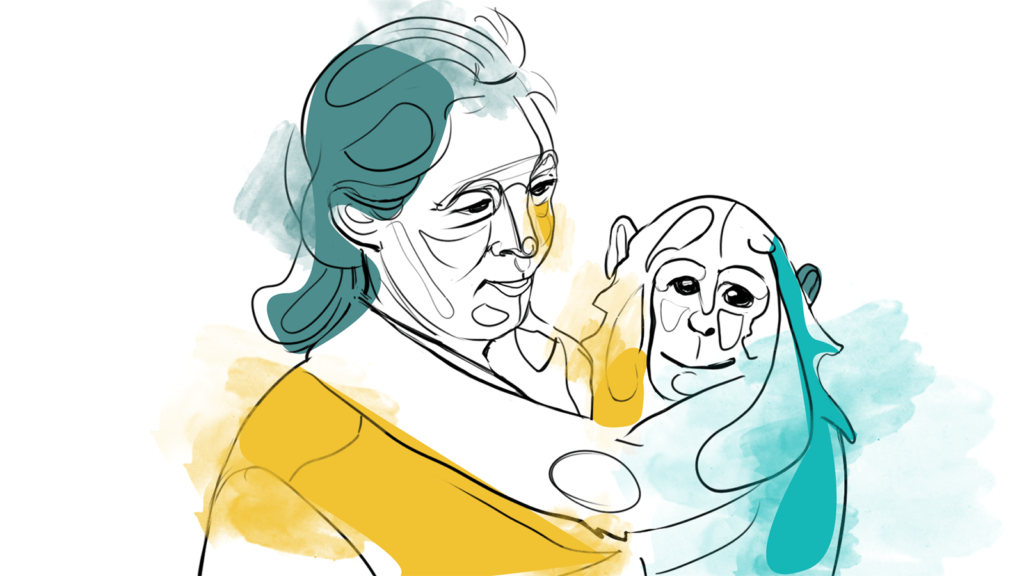
Why Eco-Friendly Fashion Matters
Eco-friendly fashion matters, not just because it’s trendy to sip on a soy latte while sporting sustainable clothing, but because the impact of our fashion choices reaches far and wide. You see, the fashion industry isn’t just about strutting down the runway in the latest trends; it’s also about the environmental footprint we leave behind. As the iconic Stella McCartney once said, “It’s not just about the clothes themselves, but about the way we treat the world while wearing them.” And boy, oh boy, the fashion world sure has some explaining to do when it comes to its treatment of Mother Earth.
When we dive into the rabbit hole of fast fashion, we uncover a world of cheap thrills and even cheaper labor practices. The environmental cost of constantly churning out clothing at breakneck speeds is nothing short of alarming. As the legendary Vivienne Westwood so eloquently put it, “Buy less, choose well, make it last.” And in a world where trends fade faster than you can say “skinny jeans,” maybe it’s time we start rethinking our approach to fashion. Sustainable fashion isn’t just a buzzword; it’s a movement towards a more conscious way of consuming. So next time you reach for that $5 shirt, maybe stop and think about the true cost behind it.
The Impact of Fast Fashion on the Environment
Fast fashion, the ultimate siren call for those of us who can’t resist a bargain. But oh, the cost to our dear planet. It’s like that toxic relationship that we just can’t seem to quit, despite knowing it’s bad for us. The fashion industry churns out new trends faster than you can say “impulse buy,” creating a ripple effect that goes beyond our overflowing closets and straight into environmental decay.
From sweatshops to landfills, fast fashion is a freight train barreling through the delicate ecosystem of our planet. As fashion journalist Lucy Siegle once aptly put it, “Fast fashion isn’t free. Someone somewhere is paying.” And that someone includes our environment, which is bearing the brunt of our insatiable appetite for cheap, disposable clothing. The sheer volume of water, chemicals, and resources consumed in the production of fast fashion is enough to make even the most die-hard shopaholic pause for a moment of reflection.
So next time you’re tempted to snag that $5 top that will fall apart after one wash, remember that the true cost extends far beyond the price tag. Maybe it’s time to break up with fast fashion and opt for a more sustainable wardrobe that not only looks good but also feels good for the planet. Let’s make Mother Earth the ultimate fashion icon, shall we?
How Sustainable Materials are Revolutionizing Fashion
Get ready to be dazzled by the fashion industry’s latest game-changer – sustainable materials! No longer are we stuck in the era of itchy, scratchy eco-friendly fabrics. Thanks to innovative technologies and creative minds, sustainable materials are taking the fashion world by storm with their style and sustainability. As fashion icon Stella McCartney once said, “Sustainability is not an option, it’s a necessity.” And boy, oh boy, are designers taking that to heart.
From luxurious organic cotton to silky smooth Tencel, sustainable materials are not only kind to the planet but also a treat for our senses. As fashion legend Vivienne Westwood once quipped, “Buy less, choose well, make it last.” And that’s exactly what sustainable materials are all about – quality, durability, and a dash of pizzazz. So next time you slip into a dress made from recycled plastic bottles or rock a pair of shoes crafted from pineapple leaves, remember, you’re not just making a fashion statement, you’re making a difference. The revolution is here, folks, and it looks fabulous!
The Role of Ethical Labor Practices in Eco-Friendly Fashion
Labor practices in the fashion industry have long been a topic of contention, with reports of sweatshops and exploitation making headlines. However, in the realm of eco-friendly fashion, the importance of ethical labor practices cannot be overstated. As fashion icon Coco Chanel once said, “Fashion is architecture: it is a matter of proportions,” and those proportions should include fair treatment of the individuals who bring our garments to life.
Imagine a world where every stitch, every seam, and every design detail is crafted with care and respect for the environment and the people behind the scenes. This is the foundation of eco-friendly fashion, where ethical labor practices play a crucial role. As actress Emma Watson eloquently put it, “It’s not enough to be sustainable, we must ensure dignity for all people involved in the production process.” In this way, eco-friendly fashion becomes a movement towards not just protecting the planet, but also uplifting communities and ensuring fair wages and working conditions for all involved.
Innovative Technologies Driving Eco-Friendly Fashion Forward
In the world of eco-friendly fashion, innovative technologies are the superheroes swooping in to save the day, or should we say, the planet? From fabrics made out of pineapple leaves to dyeing processes using recycled CO2, the fashion industry is getting a high-tech makeover that even Iron Man would be proud of. As designer Stella McCartney once said, “I don’t think you can really call yourself a sustainable business if you’re not offsetting your carbon, or at least working towards that.”
One of the coolest advancements in eco-friendly fashion tech? 3D printing! Yes, you heard that right. Imagine printing your own custom-designed sneakers at home, using biodegradable materials that won’t harm the environment. It’s like the Jetsons meet Project Runway. As fashion futurist Amanda Parkes puts it, “In the future, everyone will have access to a printer that enables them to create clothing on-demand, with minimal waste.” Get ready to say goodbye to crowded malls and hello to a closet straight out of a sci-fi flick.
The Intersection of Fashion and Activism
Activism and fashion: two seemingly separate realms that have found themselves entangled in a passionate tango of change-making couture. In a world where what you wear speaks volumes about your beliefs, it’s no surprise that fashion has become a powerful tool for activism. As designer Vivienne Westwood once said, “Fashion is very important. It is life-enhancing and, like everything that gives pleasure, it is worth doing well.”
It’s not just about looking good anymore; it’s about feeling good about what you wear and what it represents. From runway shows that double as protest marches to clothing lines that donate profits to social causes, the fashion industry is undergoing a revolution of conscience. As model and environmentalist Lily Cole puts it, “Every time you spend money, you’re casting a vote for the kind of world you want.” And what better way to vote for change than through your wardrobe?
In the ever-evolving landscape of fashion activism, one thing is clear: style and substance make a dynamic duo. Whether it’s raising awareness about climate change through sustainable fashion or championing ethical practices in garment production, the intersection of fashion and activism is a runway where principles strut alongside trends. And in a world where your outfit can be your loudest statement, why not let your clothes do the talking?
Small Changes, Big Impact: How Consumers Can Support Eco-Friendly Fashion
Consumers have more power than they think when it comes to supporting eco-friendly fashion. By making simple switches in their shopping habits, they can make a huge impact on the environment. Think about it – every time you choose a sustainable piece over a fast fashion item, you’re casting a vote for a greener, more ethical fashion industry. As influential fashion designer Stella McCartney once said, “It’s really important to me that people are aware that we can all be part of the solution.” So, next time you’re eyeing that trendy yet cheap shirt, remember that your choices matter more than you realize.
Making eco-conscious decisions doesn’t have to be overwhelming or expensive. It can be as easy as opting for vintage and secondhand treasures, buying from transparent and ethical brands, or simply taking good care of the clothes you already own. As fashion journalist and author Elizabeth L. Cline puts it, “The future of fashion is not about investing in more, but in investing in better.” So, embrace the power you have as a consumer, and remember that even the smallest changes in your shopping behavior can lead to a big impact on the planet.
From Runway to Retail: The Future of Eco-Friendly Fashion
Eco-friendly fashion isn’t just a passing trend – it’s the future of the industry. From organic fabrics to upcycled materials, designers are redefining what it means to be chic and sustainable. As we move from the runway to retail, it’s clear that consumers are becoming more conscious of their purchasing habits. As the iconic Vivienne Westwood once said, “Buy less, choose well, make it last.” It’s not just about what looks good, but also about the impact our clothing choices have on the planet.
With initiatives like the Sustainable Apparel Coalition gaining momentum, fashion brands are under increasing pressure to adopt eco-friendly practices. It’s no longer enough to have a flashy show – customers want to know the story behind the garment. As Stella McCartney famously said, “I don’t think of it as a fashion statement. I think of it as a statement of how I live my life.” The future of eco-friendly fashion lies in transparency and accountability, from the sourcing of raw materials to the treatment of workers throughout the supply chain. As we navigate this brave new world of sustainable style, one thing is for certain – green is the new black. Fashion with a conscience is not only stylish, but essential for a brighter, more sustainable future.
In the ever-evolving landscape of fashion, one thing is clear – the future of eco-friendly fashion is not just about looking good, but feeling good about the choices we make. Let’s strut towards a greener tomorrow, one stylish step at a time.
Breaking Down Biodegradable vs. Recyclable Fashion
When it comes to fashion, there’s a growing conversation around the environmental impact of what we wear. And in the realm of eco-friendly fashion, the showdown between biodegradable and recyclable materials is a head-to-head match that’s got everyone talking – well, at least everyone who cares about Mother Earth and looking good while saving her.
Biodegradable fashion is like the ultimate disappearing act – think of it as the Houdini of the clothing world. Once you’re done with your snazzy outfit made from biodegradable materials, it just magically breaks down into natural components, leaving no trace behind. As the famous designer Diane Von Furstenberg once said, “The most important relationship you have in life is the one you have with yourself. Because no matter what happens, you will always be with yourself.” And that’s sort of the philosophy behind biodegradable fashion – it’s all about self-renewal, baby! Recycling, on the other hand, is like fashion’s own version of reincarnation. That stylish sweater you loved last season but now feel ‘meh’ about can get a new lease on life when recycled into something fabulously fresh. As the wise philosopher William McDonough once said, “Design is the first signal of human intention.” And when we design a world where fashion lives a sustainable, circular life, that’s some powerful intention right there! So, whether you’re Team Biodegradable or Team Recyclable, just remember one thing – keep it stylish, keep it sustainable, and keep rockin’ that eco-chic vibe!


